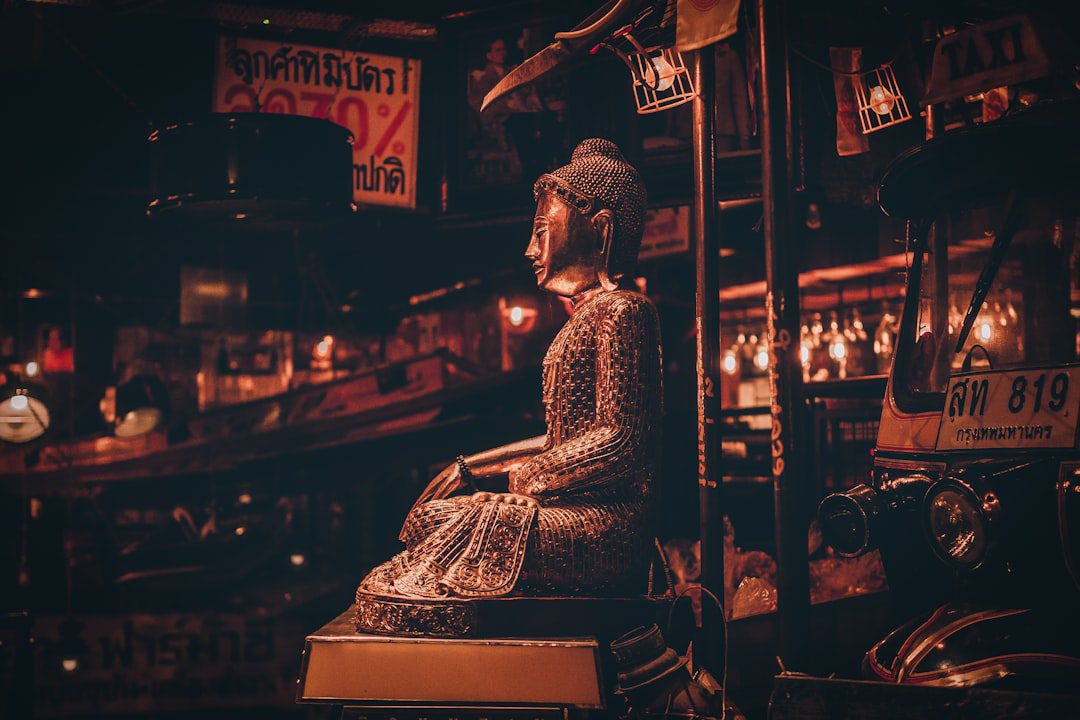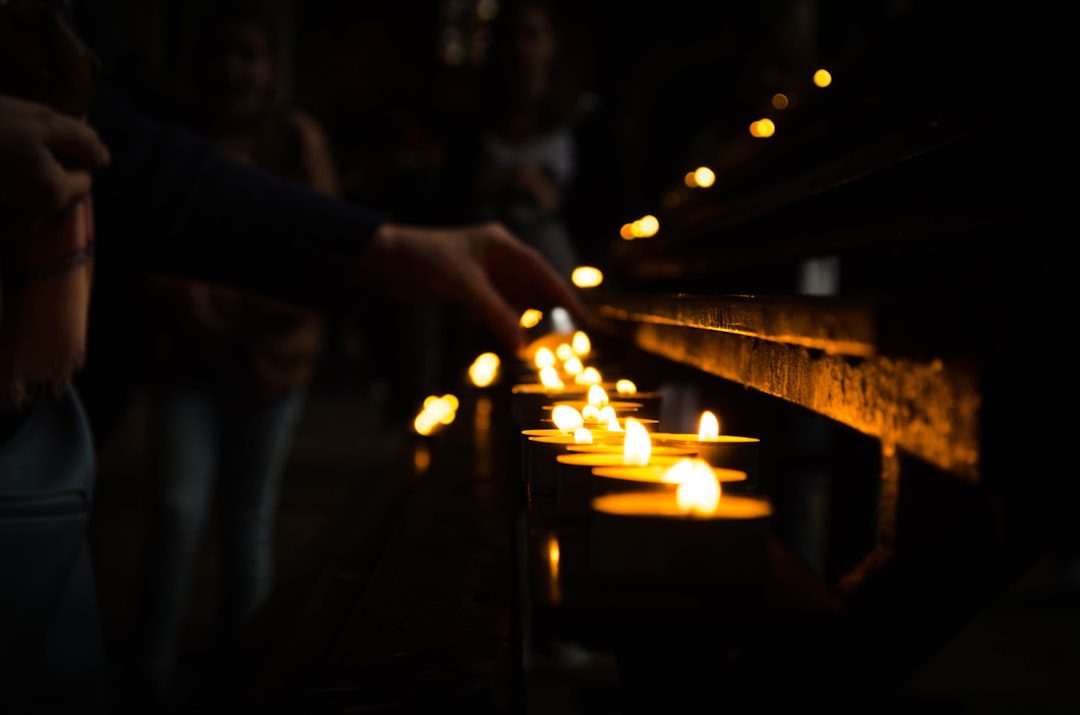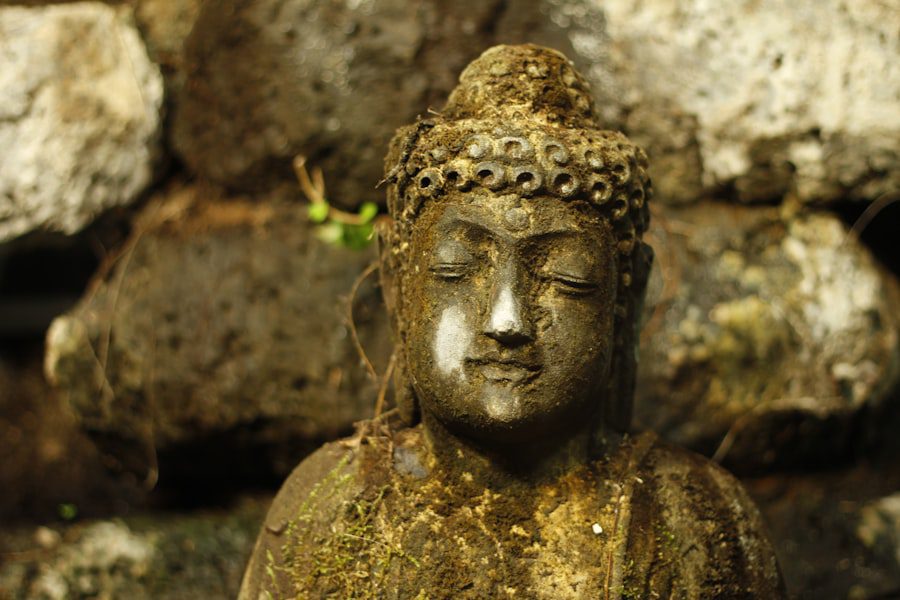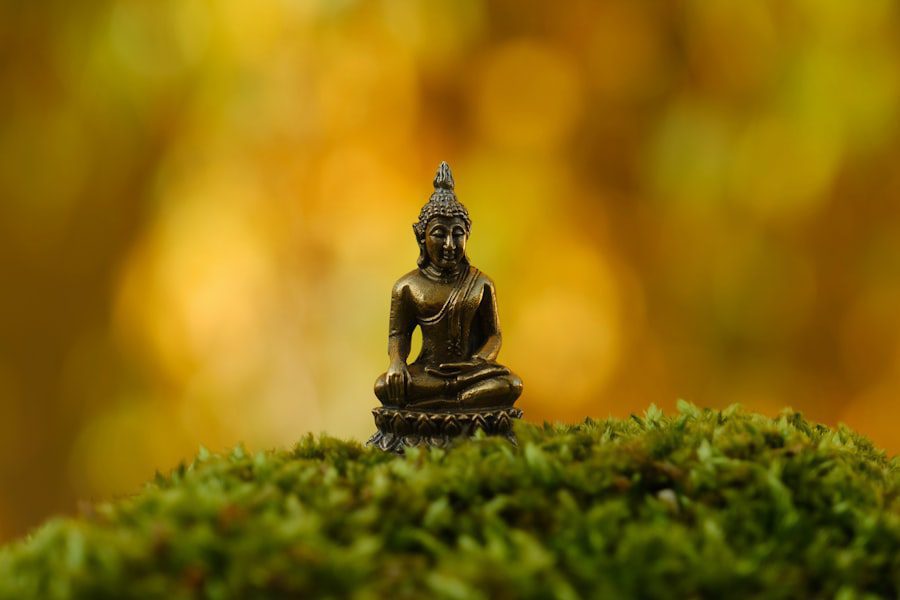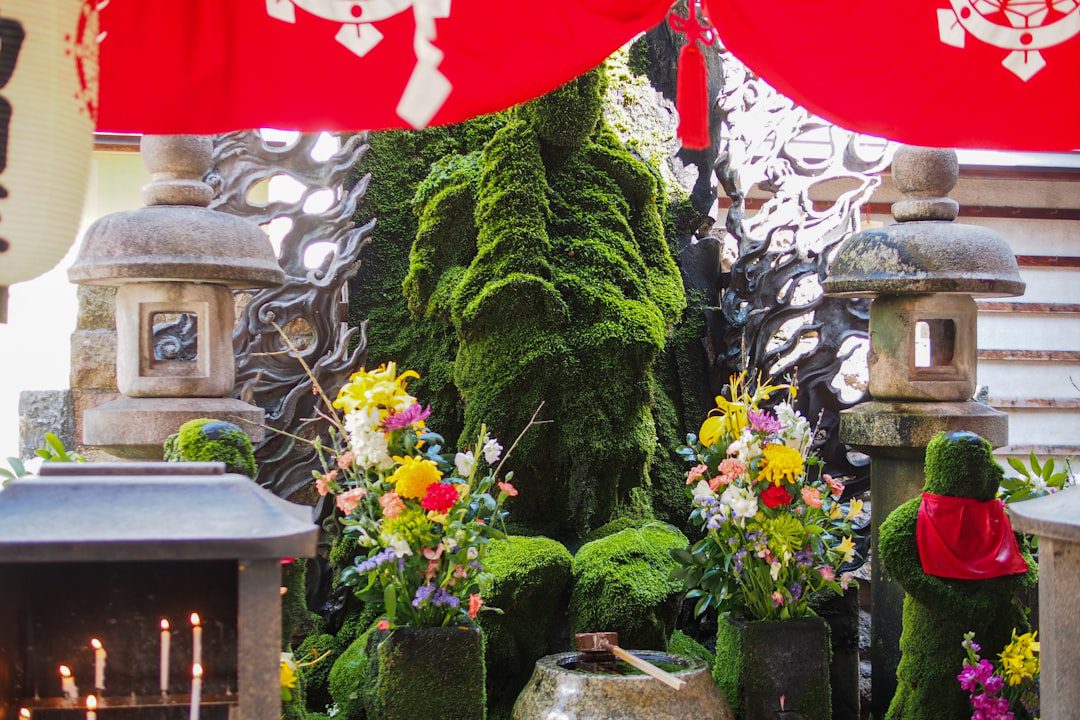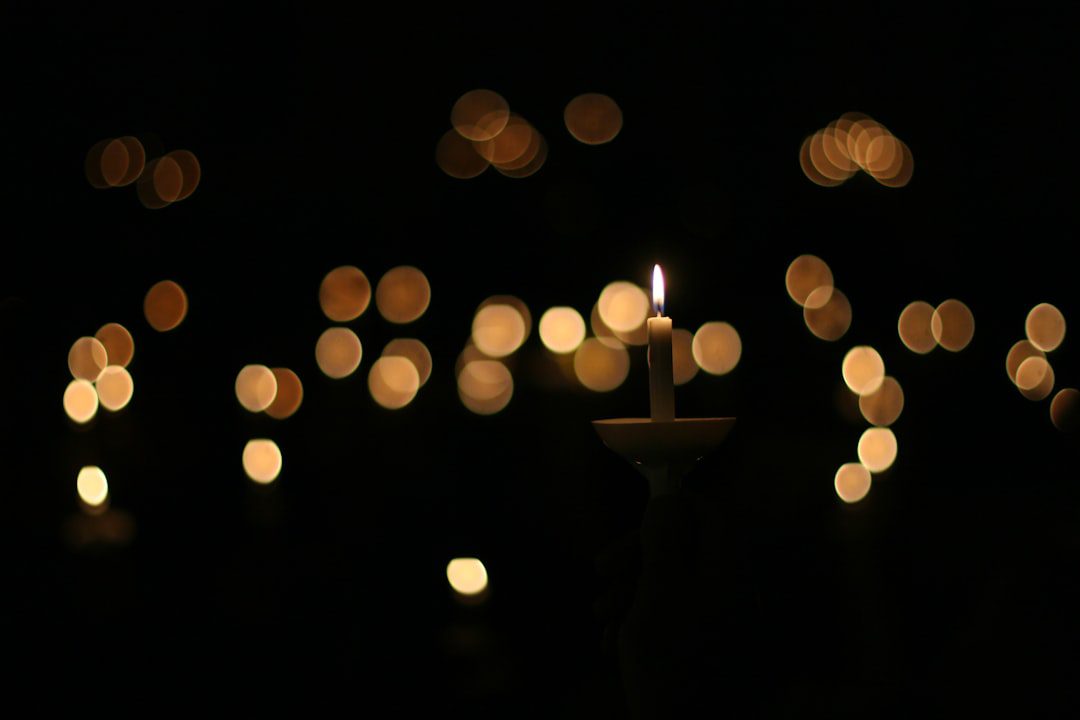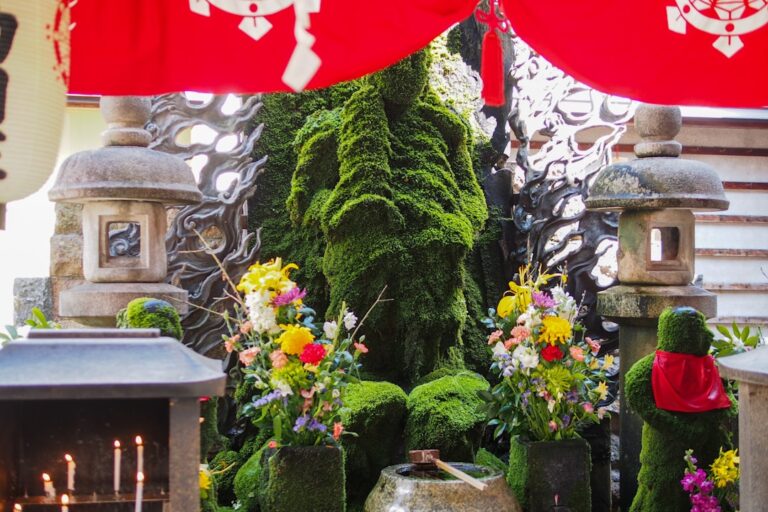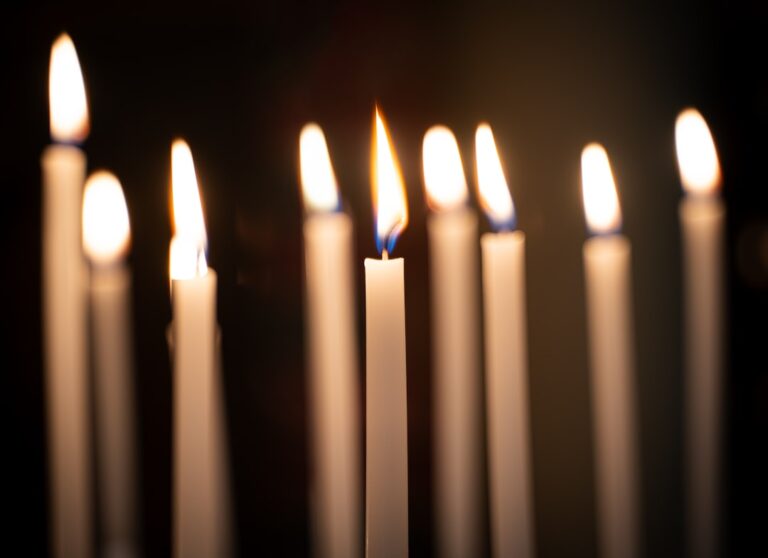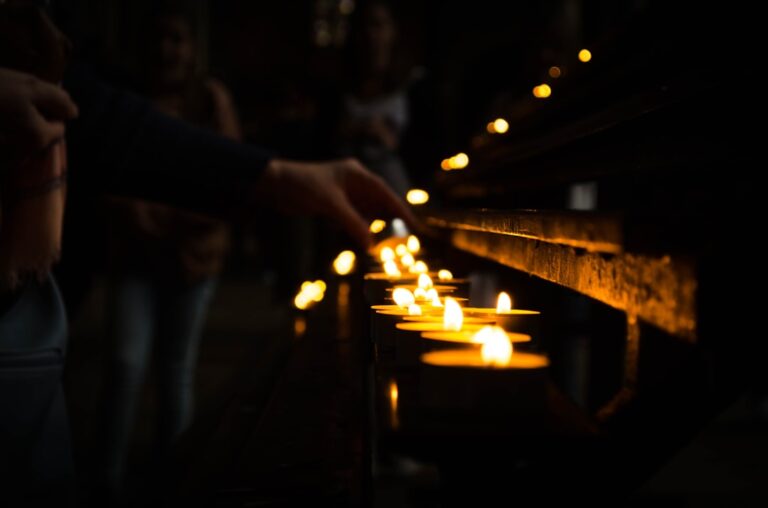How candles symbolize enlightenment and play a role in Buddhist practices.
Candles hold a profound significance in Buddhism, serving as a multifaceted symbol that encapsulates various aspects of the faith. At their core, candles represent the light of wisdom and the dispelling of ignorance. In Buddhist philosophy, ignorance is often likened to darkness, and the illumination provided by a candle signifies the awakening of understanding and insight.
This duality of light and darkness is a recurring theme in Buddhist teachings, where the journey towards enlightenment is depicted as a transition from the obscurity of ignorance to the clarity of knowledge. The flickering flame of a candle can also be seen as a metaphor for the impermanence of life; just as the flame dances and eventually extinguishes, so too do all phenomena in existence arise and pass away. Moreover, candles are often associated with the concept of mindfulness.
When lit, they serve as a focal point for practitioners, reminding them to remain present in the moment. The act of lighting a candle can be a meditative practice in itself, symbolizing the intention to cultivate awareness and clarity. In many Buddhist traditions, the simple act of lighting a candle is imbued with deep meaning, representing the practitioner’s commitment to their spiritual path.
The soft glow of candlelight creates an atmosphere conducive to reflection and contemplation, inviting individuals to turn their attention inward and connect with their inner selves.
The Role of Candles in Meditation
In the practice of meditation, candles serve as powerful tools for enhancing focus and concentration. The steady flame provides a visual anchor that helps practitioners maintain their attention during meditation sessions. By concentrating on the flickering light, individuals can quiet their minds and reduce distractions, allowing for a deeper exploration of their thoughts and emotions.
This technique is particularly beneficial for those who struggle with racing thoughts or find it challenging to maintain a meditative state. The candle acts as a gentle reminder to return to the present moment whenever the mind begins to wander. Additionally, the use of candles in meditation can evoke a sense of tranquility and peace.
The warm glow of candlelight creates an inviting environment that encourages relaxation and introspection. Many practitioners find that the ambiance created by candles enhances their overall meditation experience, making it easier to enter a state of calmness and stillness. The ritual of lighting a candle before meditation can also serve as a symbolic gesture, marking the transition from the busyness of daily life to a more contemplative state.
This intentional act fosters a deeper connection to the practice, reinforcing the importance of mindfulness and presence.
The Use of Candles in Rituals and Ceremonies
Candles play an integral role in various Buddhist rituals and ceremonies, serving as both offerings and symbols of devotion. During significant events such as ordinations, funerals, or festivals, candles are often lit to honor the occasion and create a sacred atmosphere. In many cultures, lighting candles is seen as an act of reverence, symbolizing the presence of the divine or the spiritual essence within each individual.
The act of lighting a candle during these ceremonies can be accompanied by prayers or chants, further enhancing its significance. In addition to their role in ceremonies, candles are often used in daily rituals within Buddhist households and temples. For instance, practitioners may light candles on altars as part of their daily offerings to the Buddha or other deities.
This act serves as a reminder of their commitment to the teachings and principles of Buddhism. The ritualistic lighting of candles can also foster a sense of community among practitioners, as they come together to share in these sacred moments. Whether during personal reflection or communal worship, candles serve as a unifying element that connects individuals to their spiritual heritage.
Candles as a Representation of Enlightenment
The flame of a candle is often interpreted as a representation of enlightenment within Buddhist thought. Just as a candle illuminates its surroundings, enlightenment brings clarity and understanding to one’s life. In this context, the act of lighting a candle can symbolize the practitioner’s aspiration for spiritual awakening and insight.
The flame serves as a reminder that enlightenment is not only an abstract concept but also an attainable goal that requires dedication and effort. Furthermore, candles embody the transient nature of existence—a key tenet in Buddhist philosophy. The flickering flame reflects the impermanence inherent in all things; it burns brightly for a time before eventually extinguishing.
This serves as a poignant reminder that life is fleeting and that one must strive to cultivate wisdom and compassion while they have the opportunity. In this way, candles become powerful symbols that encourage practitioners to seek enlightenment not just for themselves but for all sentient beings.
The Significance of Candle Offerings in Buddhist Practices
Candle offerings hold significant meaning in various Buddhist practices, serving as expressions of devotion and gratitude. When practitioners offer candles at temples or altars, they are not merely placing wax on a surface; they are engaging in an act of generosity that reflects their commitment to spiritual growth. These offerings symbolize the practitioner’s desire to illuminate their path toward enlightenment while also contributing to the collective well-being of their community.
In many traditions, candle offerings are accompanied by specific intentions or prayers. Practitioners may dedicate their offerings to loved ones who have passed away or express wishes for peace and happiness for themselves and others. This practice reinforces the interconnectedness of all beings—a fundamental principle in Buddhism—reminding individuals that their actions have far-reaching implications beyond their immediate circumstances.
By lighting candles with intention, practitioners cultivate mindfulness and compassion, reinforcing their commitment to living in accordance with Buddhist values.
The Practice of Candle-Lighting in Buddhist Temples
Candle-lighting is a common practice observed in Buddhist temples around the world, where it serves both devotional and communal purposes. Upon entering a temple, practitioners often find designated areas for lighting candles as part of their worship rituals. This practice not only enhances the spiritual ambiance but also fosters a sense of connection among those present.
As individuals light candles side by side, they participate in a shared expression of faith that transcends individual differences. In many temples, specific rituals accompany the act of lighting candles. For example, practitioners may bow before an altar or recite prayers before igniting their candles.
This ritualistic approach imbues the act with deeper meaning, transforming it into an opportunity for reflection and connection with the divine. The collective lighting of candles during ceremonies or festivals creates an atmosphere filled with warmth and light, symbolizing hope and unity within the community.
Candles as a Tool for Focusing and Concentration in Buddhist Meditation
The use of candles in meditation extends beyond mere symbolism; they serve as practical tools for enhancing focus and concentration during practice. By providing a visual point of reference, candles help practitioners anchor their attention amidst distractions. This technique is particularly useful for those who find it challenging to maintain concentration during meditation sessions.
The steady flame becomes a focal point that draws attention away from wandering thoughts and external stimuli. Moreover, incorporating candlelight into meditation can deepen one’s experience by creating an environment conducive to introspection. The soft glow encourages relaxation and invites individuals to explore their inner landscapes without judgment or distraction.
As practitioners gaze at the flickering flame, they may find themselves entering altered states of consciousness that facilitate deeper insights into their thoughts and emotions. This practice not only enhances meditation but also cultivates mindfulness that extends beyond formal sessions into daily life.
The Spiritual and Symbolic Meaning of Candlelight in Buddhist Traditions
Candlelight holds profound spiritual significance within Buddhist traditions, representing both illumination and transformation. The gentle glow serves as a reminder of the potential for awakening that resides within each individual. In this context, candlelight symbolizes hope—a beacon guiding practitioners through the darkness of ignorance toward the light of understanding and compassion.
Furthermore, candlelight embodies the interconnectedness inherent in Buddhist philosophy. Just as one candle can ignite another without diminishing its own flame, so too can acts of kindness and compassion spread among individuals, illuminating lives far beyond one’s immediate circle. This metaphor reinforces the idea that spiritual growth is not solely an individual pursuit but rather a collective journey toward enlightenment that benefits all beings.
In summary, candles are rich with symbolism and meaning within Buddhism, serving various roles from enhancing meditation practices to representing enlightenment itself. Their presence in rituals and ceremonies fosters community connection while offering opportunities for personal reflection and growth. Through candle offerings and communal practices, practitioners engage deeply with their faith while cultivating mindfulness and compassion—essential elements on the path toward enlightenment.
Candles have long been used as symbols of enlightenment in various spiritual practices, including Buddhism. In addition to their symbolic significance, candles also play a practical role in Buddhist rituals and meditation practices. They provide a focal point for concentration and can help create a peaceful and serene atmosphere conducive to mindfulness and introspection. For more information on the impact of scented candles on mood and environment, check out this article.
FAQs
What is the significance of candles in Buddhist practices?
Candles hold symbolic significance in Buddhist practices as they represent enlightenment, the dispelling of darkness, and the illumination of the path to enlightenment.
How are candles used in Buddhist rituals?
Candles are often used in Buddhist rituals to symbolize the offering of light to the Buddha and to represent the illumination of wisdom and the dispelling of ignorance.
What do different colored candles represent in Buddhist practices?
In Buddhist practices, different colored candles may hold specific symbolic meanings. For example, white candles symbolize purity and the dharma, while red candles may represent the blessings of the Buddha.
Are there specific rituals or ceremonies in which candles play a central role in Buddhism?
Yes, there are specific rituals and ceremonies in Buddhism where candles play a central role, such as the offering of light during pujas (prayer rituals) and the lighting of candles on altars as a form of reverence and meditation.
How do candles symbolize enlightenment in Buddhism?
Candles symbolize enlightenment in Buddhism by representing the illumination of wisdom, the dispelling of ignorance, and the inner light that leads to spiritual awakening and liberation.

